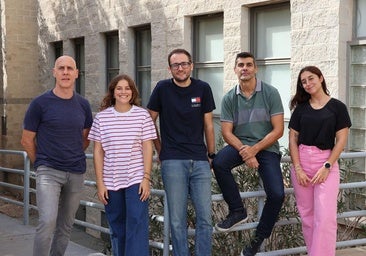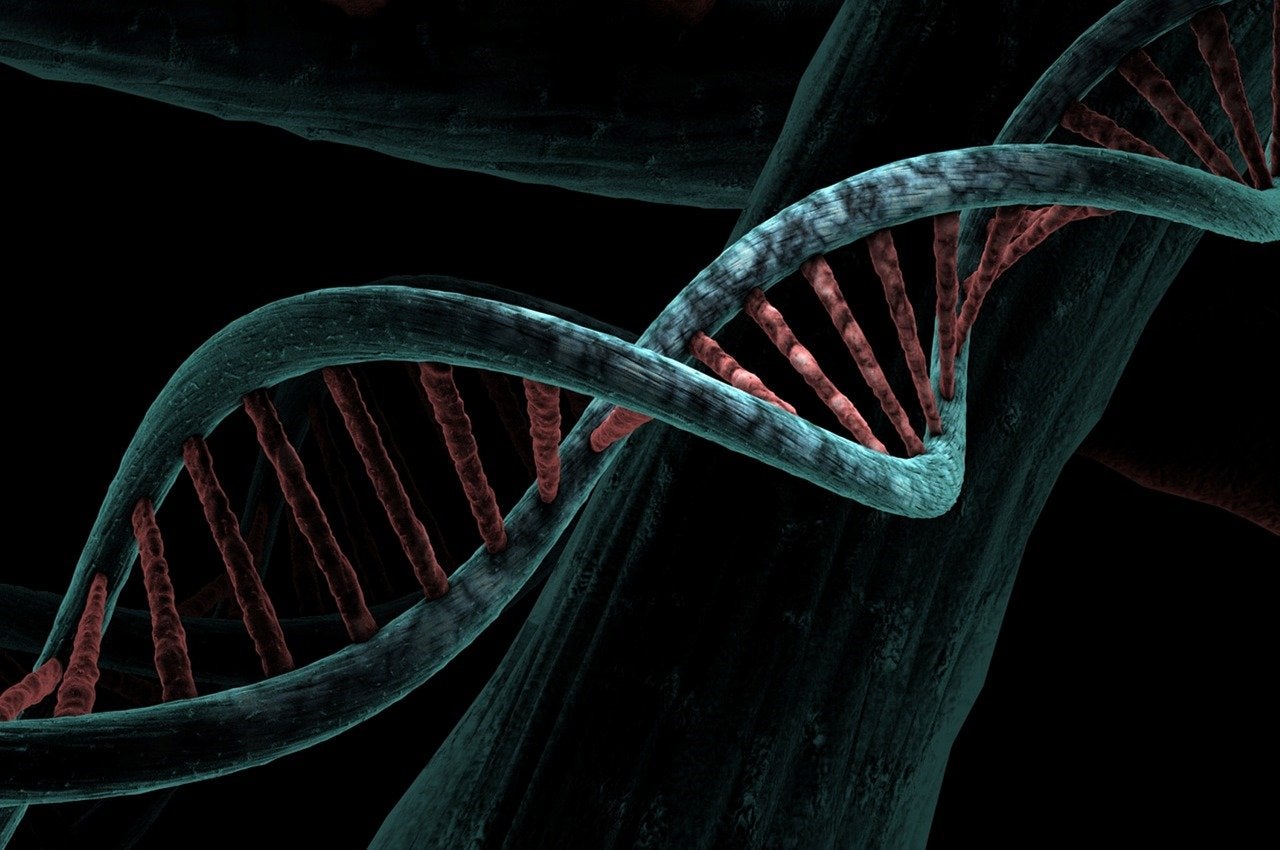A UMH study uncovers the genetic basis underlying cholera
The research could pave new ways to predict and prevent future epidemics of this disease
Pau Sellés
Alicante
Monday, 30 June 2025, 12:10
Researchers from the Miguel Hernández University (UMH) in Elche have shed light on one of microbiology's great mysteries: why do only some strains of common bacteria become pandemic agents?
The study focused on the bacterium Vibrio cholerae, the cause of cholera. It demonstrates that its most dangerous form arises from a specific combination of genes and variants that give it an advantage in the human intestine. This research could open new avenues for predicting and preventing future cholera epidemics, according to UMH.
The research reveals that the emergence of pandemic cholera strains is limited by specific genetic 'bottlenecks'.
The study published in the scientific journal PNAS is the result of work by the Microbial Genomics and Evolution Group at the Miguel Hernández University of Elche (UMH), in collaboration with the Host-Microorganism Interactions Department at St. Jude Hospital (Memphis, USA).
Through an exhaustive analysis of more than 1,840 genomes of Vibrio cholerae, the team identified that the species is divided into eleven distinct groups. The pandemic group belongs to the largest and is located within a lineage shared with environmental strains.
Genetic Bottleneck
The findings suggest that pathogenic strains causing global cholera epidemics emerge only when certain allelic variations combine with the acquisition of unique modular gene clusters that confer a competitive advantage during intestinal colonization. These features act as a critical 'bottleneck' preventing most environmental strains from becoming human pathogens.
"The result is that only a small group of Vibrio cholerae strains can cause cholera in humans, despite the wide diversity of this species in nature," explains UMH researcher Mario López, the study's lead author, "which raises the question of why only this small group has managed to cause pandemics."
The research reveals that the emergence of pandemic cholera strains is limited by specific genetic 'bottlenecks'. These require, simultaneously: a genetic background with prior adaptations to virulence, the acquisition of key genes such as CTXΦ or VPI-1, their organization into specific modules, and finally, certain unique allelic variants. "Only when all these elements coincide can a strain become a pandemic-capable pathogenic clone," explains the professor.
These characteristics are not present in other environmental strains of Vibrio cholerae and seem to have given pandemic strains a key competitive advantage: a greater ability to colonize the human intestine.
"Interestingly, the genetic characteristics that allow the cholera bacterium to infect humans are of no use to them in thriving in their natural environment," López explains. The natural habitat of Vibrio cholerae is aquatic environments, where it can be found freely or in colonies of cyanobacteria, in mollusks or crustaceans.
Effects of Cholera
As a disease, cholera is endemic in regions of the world with poor water, sanitation, and hygiene infrastructure. Outbreaks can also occur following natural disasters that affect these infrastructures. The infection is characterized by severe, sudden, and high-volume watery diarrhea episodes, leading to rapid dehydration and potentially death if not treated immediately.
"Our analysis model could be applied to other environmental bacteria to understand how pathogenic clones emerge from populations that are not initially pathogenic," highlights the UMH expert. Additionally, the study opens the door to more precisely monitoring which strains have pandemic potential, which could be useful for preventing future health crises.




